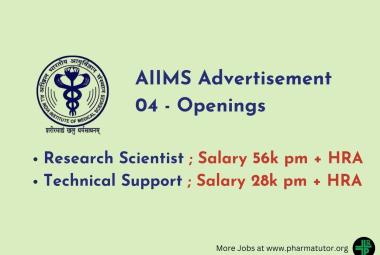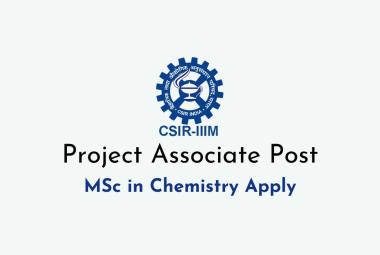ABOUT AUTHORS:
Renu Singh*, Saumya Das, Sanjita Das
Institute of Pharmaceutical Technology, NIET,
Greater Noida, U.P., 201306.
*renusingh2910@gmail.com
ABSTRACT
Cognitive deficits have long been recognized as severe and consistent neurological disorders associated with numerous psychiatric and neurodegenerative states such as Alzheimer’s disease. Dementia is one of the age-related mental problems, and a characteristic symptom of Alzheimer’s disease. Alzheimer’s disease (AD) is a progressive neurodegerative disorder which affects older individuals and may progress to a totally vegetative state. Atrophy of cortical and sub-cortical areas is associated with deposition of β-amyloid protein in the form of senile plaques and formation of neurofibrillary tangles. There is marked cholinergic deficiency in the brain, though other neurotransmitter systems are also affected. Various measures to augement cholinergic transmitter in the brain have been tried. The relatively cerebroselective anti-ChEs have been approved for clinical use. Nootropic agents are clinically used in situations where there is organic disorder in learning abilities and for improving memory, mood and behavior, but the resulting side-effects associated with these agents have made their utility limited. Many experimental models are currently available for the evaluation of agents that affect learning and memory processes. In-vitro methods inhibition of acetylcholinesterase activity is measured by determining IC50 with the help of Log probit analysis. In ex-vivo cholinesterase inhibition method the dose response relationship determined for drugs such as physostigmine and tacrine Agents which are H3 receptor agonist are evaluated for [3H] Ach release activity in rat using rat brain slices. The binding affinity of potential nicotinic cholinergic agonist in brain using agonist ligand is determined by [3H]-N- methyl carbamylcholine binding nicotinic cholinergic receptors in rat frontal cortex. In In-vivo methods the inhibitory passive avoidance the test are carried on animals to test the learning and memory capacity of animal by suppressing a particular behavior. It includes step down, step through, two compartment test, up-hill avoidance, scopolamine induced test, and ischemia induced amnesia, memory impairments in basal forebrain. In active avoidance conditioned stimulus is given to the animal, which gives noxious stimulus as a result. It includes runway avoidance, shuttle box avoidance, jumping avoidance. In discrimination learning animals have no choice between the conditioned stimuli. Studies on aged monkeys provides additional advantage for neurobehavioral animal model of aging in that many of behavioral processes thought to be affected by aging.



 Marion Biotech strongly believes in an integrated approach to healthcare. It is also engaged in extensive Research & Development of unique Herbal products. At Marion Biotech, we set Stringent Standards of Quality, Safety and Efficacy for all the Products that we manufacture.
Marion Biotech strongly believes in an integrated approach to healthcare. It is also engaged in extensive Research & Development of unique Herbal products. At Marion Biotech, we set Stringent Standards of Quality, Safety and Efficacy for all the Products that we manufacture.





